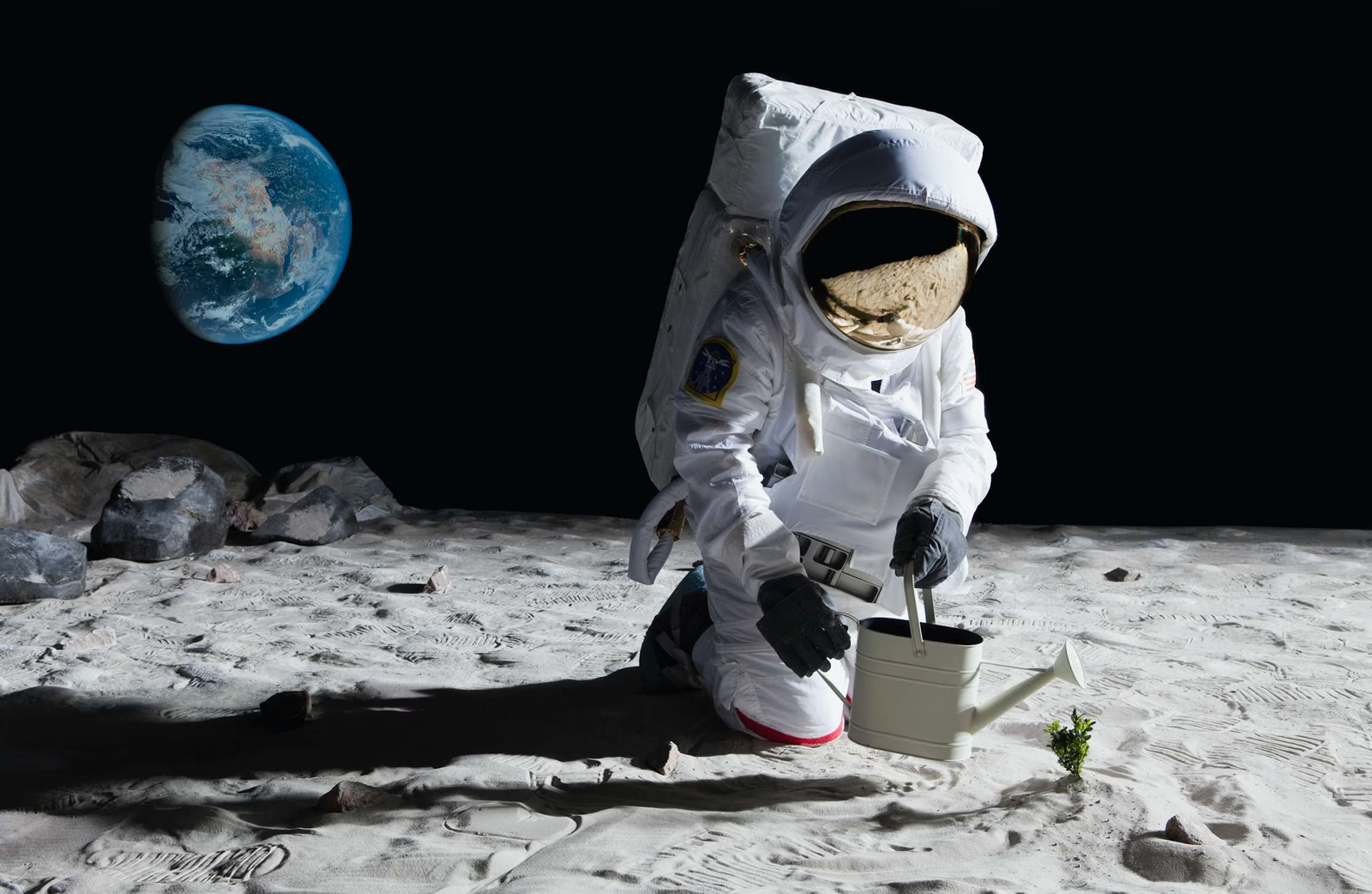In recent times, the celestial realms have garnered unparalleled attention from space-faring nations. The Moon, our closest celestial neighbor, has been the subject of endless fascination for humans. Among the myriad of quests related to the Moon, one stands out prominently: the search for resources. In a groundbreaking revelation, India has reportedly discovered water and other invaluable resources on the Moon. This finding has the potential to revolutionize space exploration, not just for India, but for the entire world.

Background: India’s Lunar Explorations
India’s ambitious space program, spearheaded by the Indian Space Research Organisation (ISRO), has been steadily gaining momentum over the years. With missions like Chandrayaan-1 and Chandrayaan-2, India had already marked its position in lunar explorations. These missions provided crucial data about the Moon’s topography and mineralogy. However, it’s the recent findings that have sent ripples across the scientific community.
The Discovery: Water and Beyond
The presence of water on the Moon has been a topic of intense debate and speculation. Water is not only crucial for life but also essential for various space missions, particularly for the generation of rocket fuel. The discovery of water by ISRO’s instruments is pivotal. But what’s equally significant is the identification of other resources, the details of which are gradually surfacing.
Utilizing advanced spectrometry and imaging techniques, Indian researchers pinpointed specific regions on the lunar surface that exhibited signs of hydrated minerals. These findings suggest that water might exist in more abundant quantities than previously estimated. Additionally, areas rich in certain metals and minerals vital for technological applications on Earth and potential space missions were identified.
Chances and Probability: How Reliable Are These Findings?
Considering the significance of such a discovery, it’s essential to address the reliability and chances associated with these findings. Several factors bolster the authenticity and probability of this discovery:
Advanced Instrumentation
The tools and instruments employed by ISRO are state-of-the-art, reducing the chances of false positives.
Data Corroboration
The data acquired was cross-referenced with findings from other international lunar missions, adding layers of validation.
Repetitive Observations
Multiple observations were conducted over different lunar cycles, ensuring consistency in the results.
Implications of the Discovery
The discovery of water and other resources on the Moon has profound implications, spanning multiple domains:
Space Exploration
If water can be extracted on the Moon, it can be utilized to produce rocket fuel, thereby setting up potential ‘refueling stations’. This would significantly lower the costs and logistical challenges of deep space missions.
Colonization Potential
As humanity looks towards establishing bases on the Moon, the presence of water is a game-changer. It not only facilitates life support but can also be utilized for agriculture and other essential activities.
Economic Viability
The other resources found on the Moon can be potential sources of raw materials, alleviating the pressures on Earth’s depleting resources. Rare minerals and metals, if harnessed, could open new avenues for technological advancements.
International Collaboration
India’s findings can foster increased collaboration with other space-faring nations. Shared resources, data, and expertise can fast-track humanity’s lunar endeavors.
Future Prospects: What’s Next for India and the Moon?
With this monumental discovery, India is poised to play a pivotal role in the next phase of lunar exploration. Plans are already underway for subsequent missions to further study these resources. The establishment of a lunar base, in collaboration with other nations, is not just a pipe dream but a tangible goal in the foreseeable future.
Moreover, ISRO is gearing up to pioneer technologies for in-situ resource utilization. Essentially, this means extracting and using the Moon’s resources directly without the need for transportation to Earth. Such advancements could be instrumental in achieving sustainable space exploration.
Conclusion
India’s discovery of water and other invaluable resources on the Moon is not just a testament to its burgeoning space prowess but a beacon of hope and promise for humanity’s celestial aspirations. As we stand on the cusp of a new era in space exploration, such findings underline the importance of collaborative research, innovation, and the undying human spirit of exploration.
With Earth grappling with challenges like resource depletion and environmental degradation, the Moon’s untapped reserves present a silver lining. As nations, organizations, and individuals, our gaze must now shift to harnessing these resources responsibly, ensuring that our lunar endeavors mirror the principles of sustainability and collaboration.

Leave a Reply